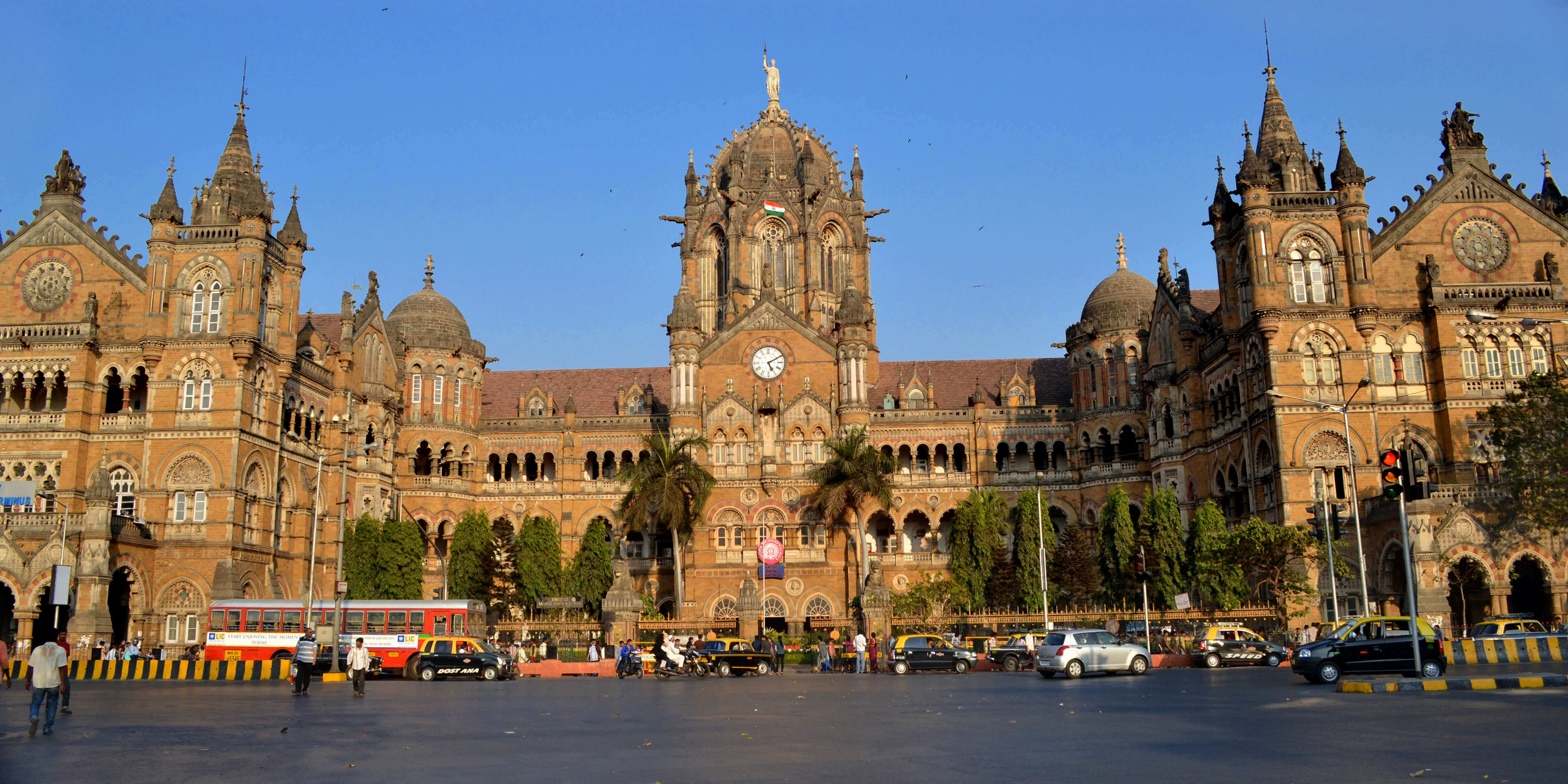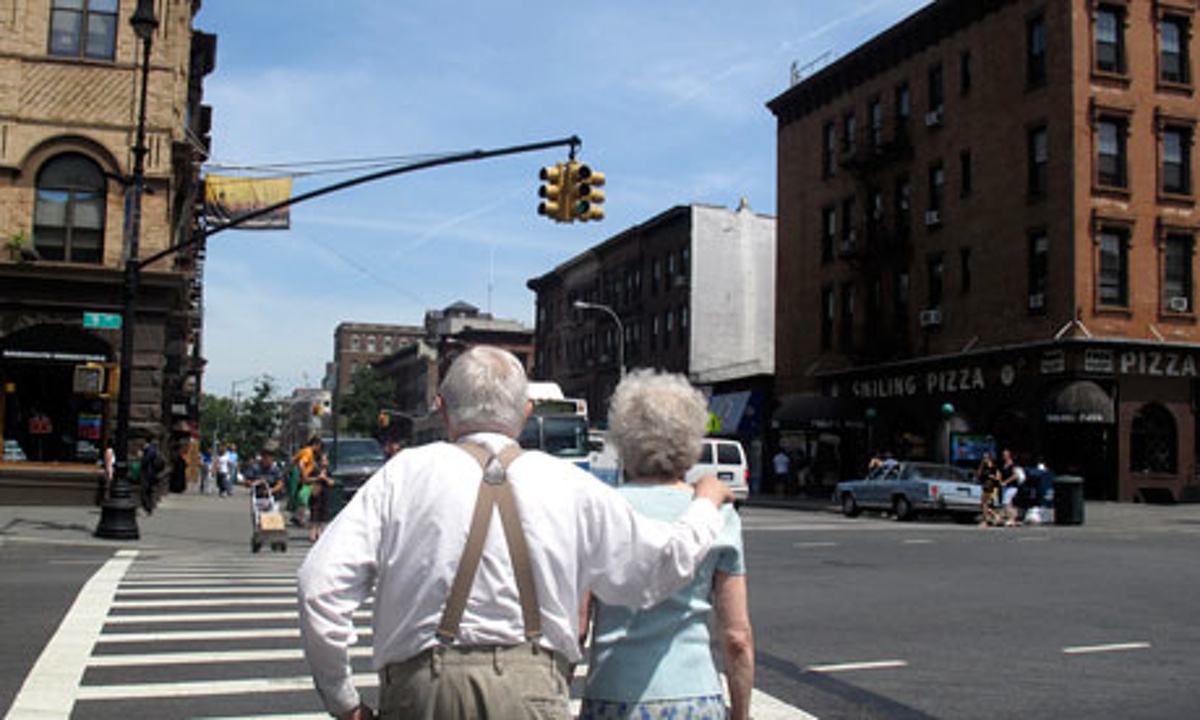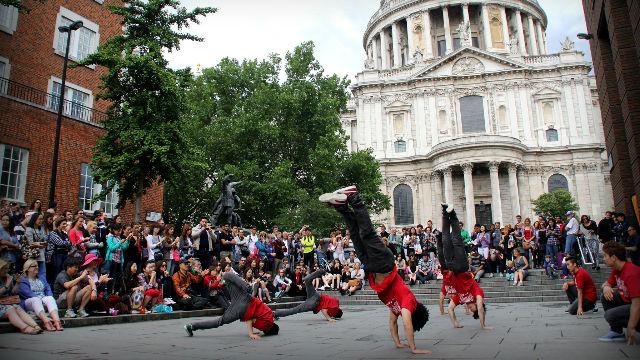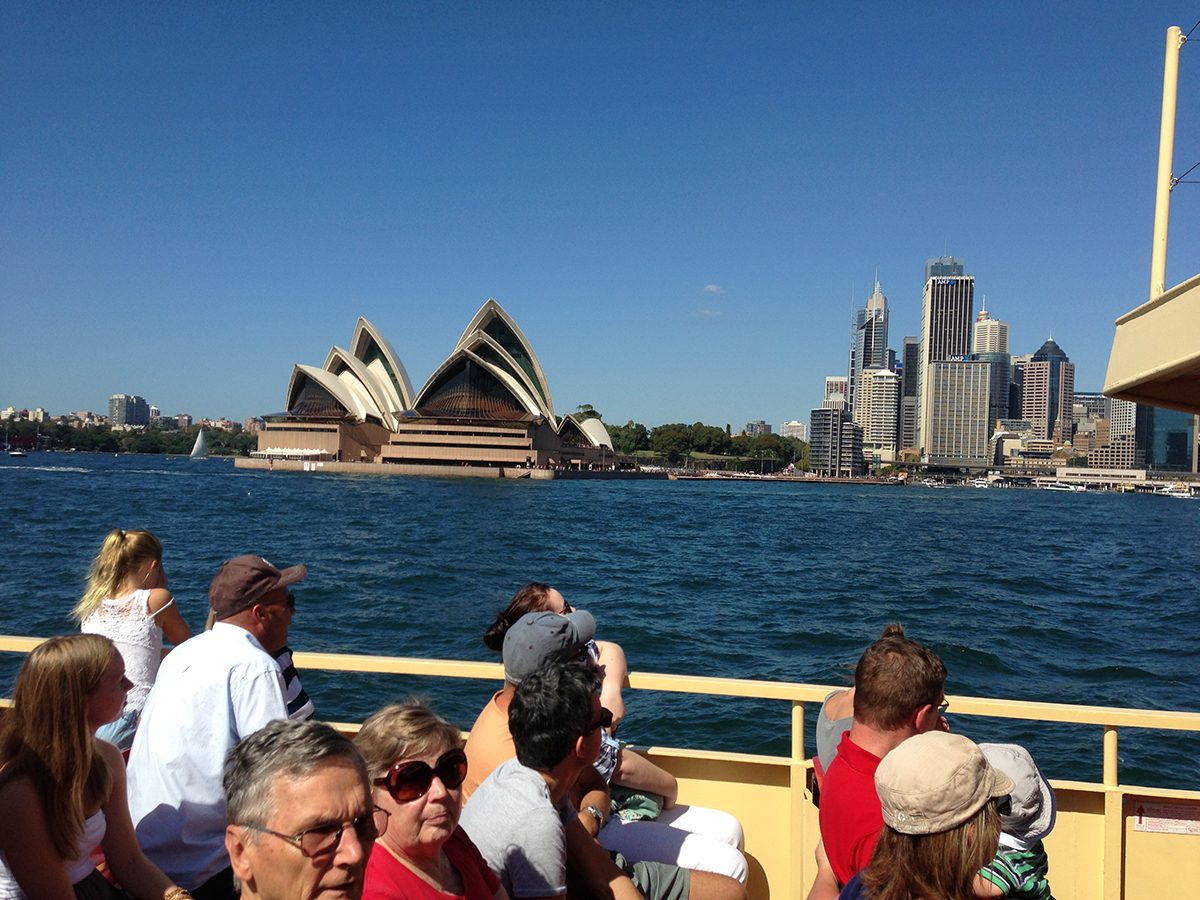India boasts the fourth largest railway network in the world. Due to this fact, there are thousands of railway stations across the country. Yet, few are as special as the Chhatrapati Shivaji Maharaj Terminus Railway Station in Mumbai. It was previously known as the Victoria Terminus. Today, it is a UNESCO World Heritage Site in the state of Maharashtra. This terminus is the headquarters of the Central Railways. It was designed by Fredrick William Stevens and constructed in BoriBunder in the second half of the 19th Century. It was built to commemorate the Golden Jubilee of the despicable Queen Victoria whose coronation costs were responsible for the Bengal famine.
Consequently, the railway station’s old name was rightfully replaced by the name ‘ChhatrapatiShivaji Terminus’ in 1996. In 2017, the station was again renamed as ‘ChhatrapatiShivajiMaharaj Terminus’. Let us now look into a brief history of how this railway station evolved into one of India’s busiest railway junctions.
The Conception of the Victoria Terminus
On April 16th, 1853, the railway terminal built on the small piece of land along the Mumbai coastline ran the first train from BoriBunder in Mumbai to Thane. The distance between the two stations was a mere 34 kilometers and it took the train almost an hour to complete the journey, but it was a matter of great pride and fascination for the Indian people.
Renovation work for the terminus began much later in 1878 under the British architect and visionary, William Stevens. The design of this station was very similar to a railway station in London known as the St Pancras Railway Station. It originally consisted of nine platforms. In 1929, the number of platforms was increased to thirteen to accommodate the growing demand for train travel and the congestion in the station.
In 1996, the government concluded that ‘Victoria Terminus’ was an inappropriate name for the most important railway terminal in India. Recently, train enquiry has been made much simpler using a variety of modern technologies.
Structural Design of the Station
The design of the Shivaji Terminus Railway Station draws heavily from the Victorian Goth and classical Indian architectural style. In its modeling of the turrets, arches, and exquisite skyline, it closely resembles a typical Indian palace. The Gothic Revivalist movement also contributed significantly to the relatively ground-breaking civil engineering technology of the 19th Century.
The booking office of the station is known popularly as the ‘Star Chamber’. With a combination of Indian Blue Stone and Italian Marble that serve as the embellishment, this is one of the most fascinating parts of the Chhatrapati Shivaji Maharaj Terminus Railway Station. Today, it has a total of 18 platforms along with dormitories which are air-conditioned.
There are many suburban trains which run from this station as well. In fact, seven of the eighteen platforms are reserved for suburban trains. It is now one of the biggest and most well-maintained railway stations in the Central Railway Zone. It has seen multiple references in popular culture and is perhaps one of India’s most iconic railway stations.



